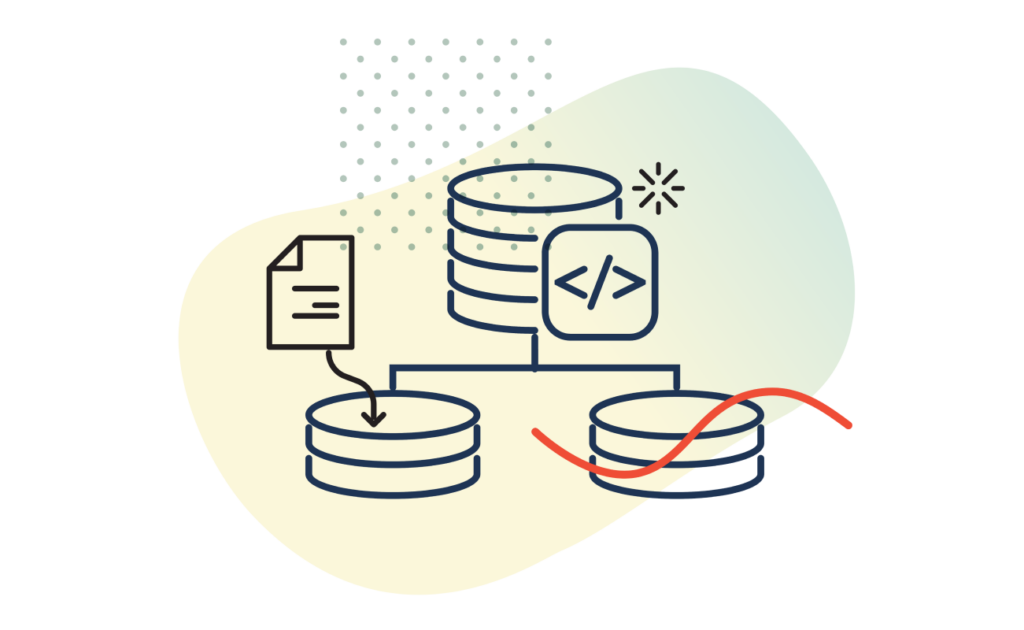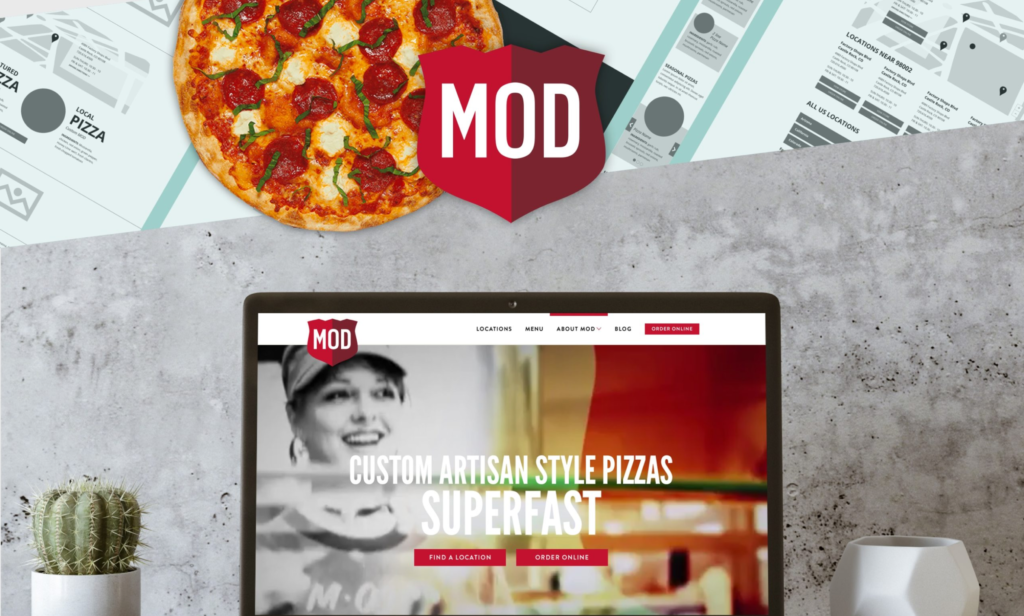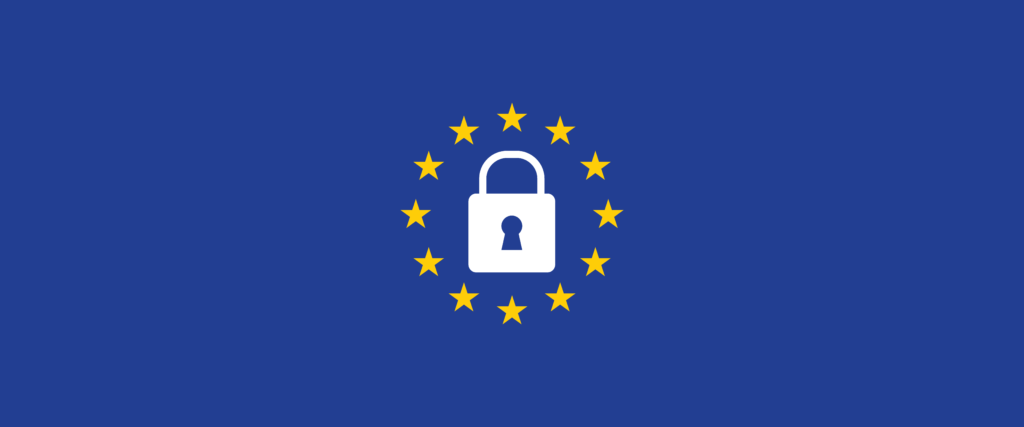Article
UI/UX Principle #14: Build Meaningful Personas to Create Empathy

There’s a difference between strategizing to understand your market as a whole versus strategizing to understand your specific users at an intimate, empathetic, and personal level.
Understanding the difference starts with understanding the importance of personas.
While market segmentation allows businesses to understand their market as a collection of diverse customer groups defined by their needs and wants, personas allow UX professionals to empathize with user types, making goals, frustrations, and motivations more tangible so that the eventual design hits the mark by putting the user at the center of everything.
In a blog post titled “Reconciling market segments and personas,” Elaine Brechin argues that “Market segmentation identifies attitudes and potential buying habits [. . . ]. Personas, on the other hand, reveal motivations and potential usage patterns. A consumer’s motivation is what gets them interested in using a product.”
While both market segmentation and personas allow UX professionals to understand common needs, interests, priorities, and pain points of target users, personas allow us to do so at a micro level, focusing in on the specifics of who these users are and what makes them tick.
Personas: An Integral Part of Your Design Toolbox
Personas have specific traits and clearly defined goals. They influence decisions related to device preferences, color choices, type size, and content accessibility, depending on the requirements of each persona group.
Used as a communication tool in the design process, personas are an effective tool for evaluating data from user research, guiding design decisions, and communicating requirements across the team.
When evaluating product features against personas, consider:
- Who is this product being designed for?
- Will any of the personas use it?
- What pre-existing knowledge does this persona have?
- Does this feature meet the persona’s goals?
In order to unearth information about whether or not a persona would use specific product features or whether or not the product features would meet the persona’s goals, it takes more than just asking individual users what they need or prefer. Personas are detailed composite sketches representing the needs of many users.
LinchpinSeo has a useful Infographic Guide to Building Website Personas. On it, they include the “10 Benefits of Personas,” which include:
- A better understanding of customers.
- Shorter design cycles.
- Improved product quality.
- Users’ goals and needs become a common point of focus for the team.
- The team can concentrate on designing for a manageable set of personas knowing that they represent the needs of many users.
- They are relatively quick to develop and replace the need to canvass the whole user community and spend months gathering user requirements.
- They help avoid the trap of building what users ask for rather than what they will actually use.
- Design and marketing efforts can be prioritized based on the personas.
- Disagreements over design decisions can be sorted out by referring back to the personas.
- Designs can be constantly evaluated against the personas, reducing the frequency of large and expensive usability tests.
These benefits, among many others, make clear why taking time to create personas is beneficial. The overarching benefits include the ability to understand customers, an improved product quality that carries implications for a variety of users, the ability to prioritize and justify design decisions, and the creation of a tool that has a low impact in terms of time and money and a high return in terms of value.
Focus on the End User
UX is the field concerned with creating high quality user experiences. Without thoroughly understanding our users – their comprehensive unspoken motivations and needs – we risk creating products that fail to serve them. Market segmentation is useful, but not in getting to know users at a micro level. Personas are purposefully designed to solve this problem. By creating personas, you better enable yourself to create exceptional products with features that are justified by a collective understanding of the users they serve.
Frank Long, in his research paper titled “Real or Imaginary: The Effectiveness of Using Personas in Product Design,” writes “Personas strengthen the focus on the end user, their tasks, goals and motivation. Personas make the needs of the end user more explicit and thereby can direct decision-making within design teams more towards those needs [ . . . ] Using personas can improve communication between teams and facilitate more constructive and user focused design discussion.”
It’s easy to fall into the trap of making assumptions about who your users are. But by creating personas – a low-cost, high-value tool used to foster empathy and influence decision-making – you drastically increase your ability to create a product that serves your end user and creates a memorable and meaningful user experience overall.








